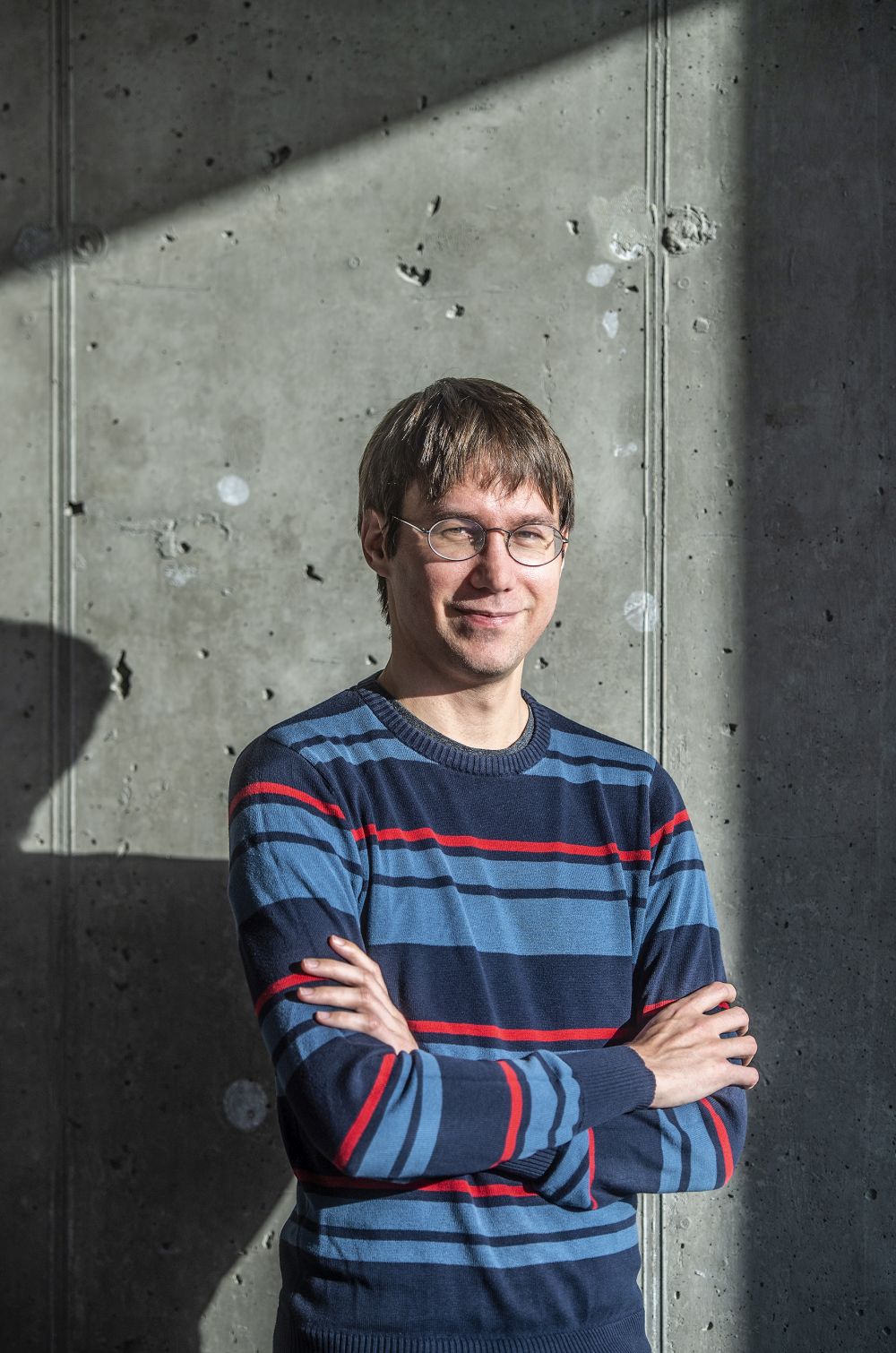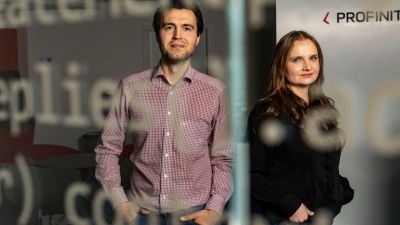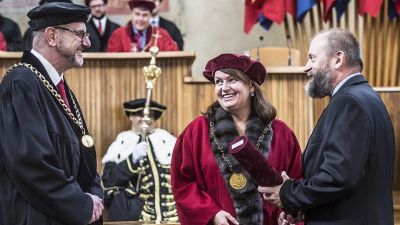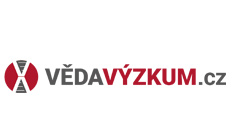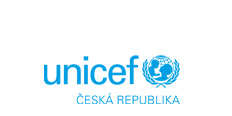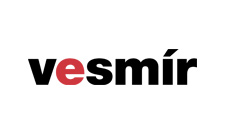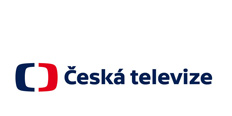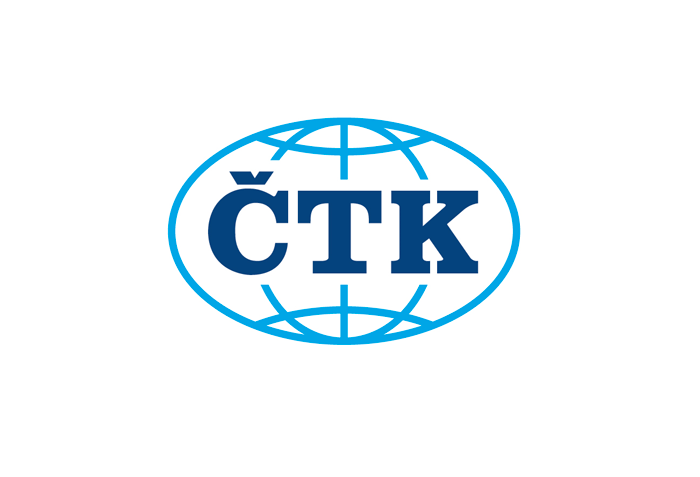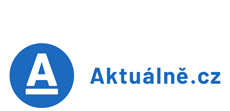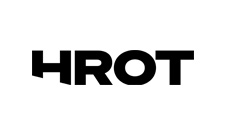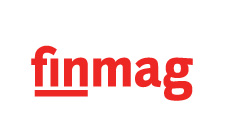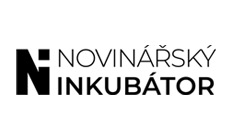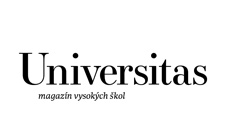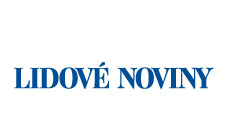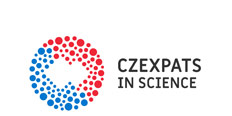Banks and insurance companies work with enormous amounts of data. They use it to build business plans, work with clients, and report to regulators. That’s why they need to ensure that, as data moves through their systems, it doesn’t get distorted – and that they can trace exactly how the final data was produced. That’s where Manta comes in. Lukáš Hermann, a graduate of the Faculty of Mathematics and Physics, was part of the original software development team. For several years now, the company has also been giving CU MathPhys students the chance to gain experience by collaborating on research and development – something Pavel Parízek notes as a valuable link between the faculty and industry. Manta’s capabilities are so unique that in 2023, IBM acquired the company.
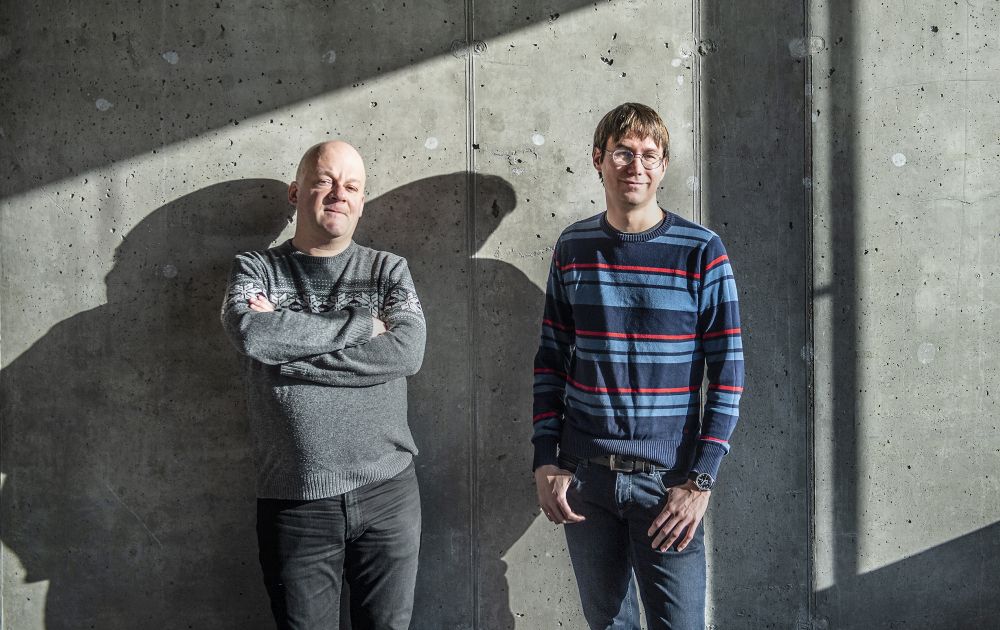
Long-time collaborators Pavel Parízek (left) and Lukáš Hermann link the worlds of academia and business.
What exactly does Manta do?
LH: Manta was founded in 2016 as a spin-off from Profinit, which collaborates with MathPhys. We started as a small team of about ten people and gradually grew to around 200. We had been working with IBM for a long time – they integrated our product into their solutions, and eventually they bought the whole company. We now continue to develop it under the name IBM Manta Data Lineage. We focus on data flows. In large organizations, data arrives from many different systems – for example, from customers. Companies then compile various reports from that data, using them to make strategic decisions. The path from the data source to the final report can involve as many as a hundred steps in a big organization – with plenty of opportunities for errors. Systems evolve, someone makes a change that accidentally affects something else down the line, or bad data comes in from the original source and makes its way all the way into the reports. Sometimes regulators demand to know exactly how the organization obtained certain data. Our product can show the transformations the data went through on its way to the final report. A manager can open a report and see the entire journey of the data – and all its transformations – in a user-friendly interface.
How do you create such data flow maps?
LH: This is where we collaborate with MathPhys. We try to “understand” all the programs that transform the data – programs written in various programming languages. A program reads the data, transforms it, and stores the result somewhere, for the next program to process. We perform syntactic and semantic analysis of the source code to automatically determine what it does with the data, and from that, we build the map.
The fact that IBM acquired you shows your product is unique.
LH: We entered the market at a time when companies were trying to do syntactic analysis, but none of the products went deep enough. We wanted to cover the entire system – accuracy is crucial for us – and that was our advantage. Eventually, we began working with other companies that were developing their own solutions, but they recognized that ours was better.
How did the connection between Manta and MathPhys come about?
LH: : First, I have to say that I got into this field thanks to my studies. Manta approached CU MathPhys when we realized we needed to analyse flows in object-oriented languages like Java or Python – which is extremely complex. That’s when we teamed up with Associate Professor Pavel Parízek, thinking it would make a great research topic. In 2018, we signed a cooperation agreement: the university brought the research expertise, and we brought in the real-world requirements from our customers.
Who are your typical clients?
LH: The biggest companies in the world – because they work with the most data. That means banks, insurance companies, telecoms, and healthcare firms. But our clients have also included a football league and even the police. The Czech market is too small for us, so we quickly moved to offering our product in the United States, where we now have our largest contracts.
If a MathPhys student is interested in this topic, how can they get involved?
PP: Usually, the company proposes a specific project topic. I then announce it at the faculty and connect interested students with Lukáš. A contract is signed, and the students work part-time for IBM – developing software. I help from the research side and with consulting on difficult problems. Together we discuss what works and what can be improved. Students can do this work as part of their bachelor’s or master’s thesis, fulfilling their study requirements while taking on an interesting professional challenge.
How many students have gone through the project so far?
PP: So far, about twenty MathPhys students have been involved, most through their master’s theses.
LH: Some of them have stayed on with us after graduation because they were interested in what we do. It’s a chance to experience a real work environment. They see that software development isn’t just about writing code and designing algorithms – it’s also about testing and thinking about quality.
With companies across industries integrating more AI into their operations, do you see growing demand for your services?
LH: It might not be obvious from the outside, but IBM is one of the companies focusing on AI for enterprise customers. Unlike consumer users, these companies have to address the question of where their data comes from. That’s a problem for some AI models – they scrape the internet without worrying much about copyright, which companies can’t afford to ignore. IBM makes sure the models it builds are trained on verified sources so clients can use them safely. Companies also need to understand what the AI is doing – they can’t just tell a regulator that “the data came out of AI” without explaining how it was produced. Ensuring transparency in AI outputs is another topic we want to explore with MathPhys.
PP: Students don't want to do research that ends up in a drawer; they want to do something that has a real impact. That’s why they’re interested in this kind of collaboration. It’s a win-win for both the faculty and the company.
LH: Pavel didn’t mention that our joint research also produces traditional academic papers and that we present our results at top scientific conferences. We bring real-world research problems into academia, where they can be explored in depth and help move the field forward. It’s an ideal connection between academia and business.



